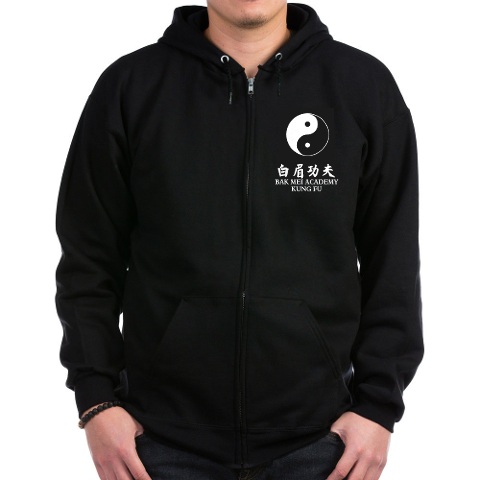While there are many varieties of strikes (elbows, hammer punches, et al), and submissions (shoulder lock, arm bar), by far the most effective in my opinion is the rear choke as you render your attacker unconscious.
Scenario:
An attacker has pinned you on the ground, perhaps with his hands around your neck.
You respond by closing guard (wrapping your legs around his torso), next you clinch his upper limbs (controlling his posture), shimmy to the side and work your way to his back. Once there, slap in your rear choke (aka RNC) and squeeze...
When the choke is fully applied you will render the attacker unconscious.in 4-7 seconds.
The key on making a technique quick and effective is repetitive drills via partner, grappling dummy, etc.
Practice not only the movements of the escape, but the squeeze as well.
For increasing your squeeze strength apply the RNC on a training dummy or BOB bag torso.
If you're solo, just sit on the floor - use one of your bent knees and apply your RNC on it and squeeze and hold.
You'll develop your vice like grip in no time.
Copy and paste this link for a video clip:
https://www.youtube.com/watch?v=xIMj5Be6YNA
Respects and train hard!


 RSS Feed
RSS Feed